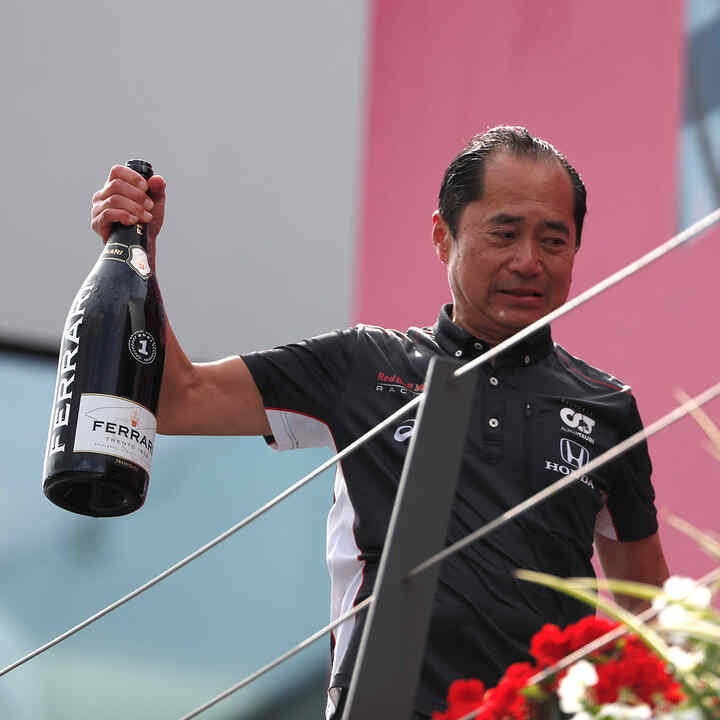Years in F1 : 31 Victories: 89 Drivers' titles: 6 Constructors' titles:6


Thank you for your support
It is time to say goodbye after winning our first F1 title in 30 years. We showed our challenging spirit to return to the top step of the podium and your ongoing support helped us achieve our goals.
Scroll

Successful run for Honda power units
The 2021 F1 season saw Red Bull Racing Honda Team achieve considerable success using RA621H Honda power units.

Today’s cars, born from the race track
Continually pushing the boundaries of turbo-hybrid and electronic technology in Formula 1 provides us with the knowledge to create the performance components for driving in today’s environment…
and for the future.





